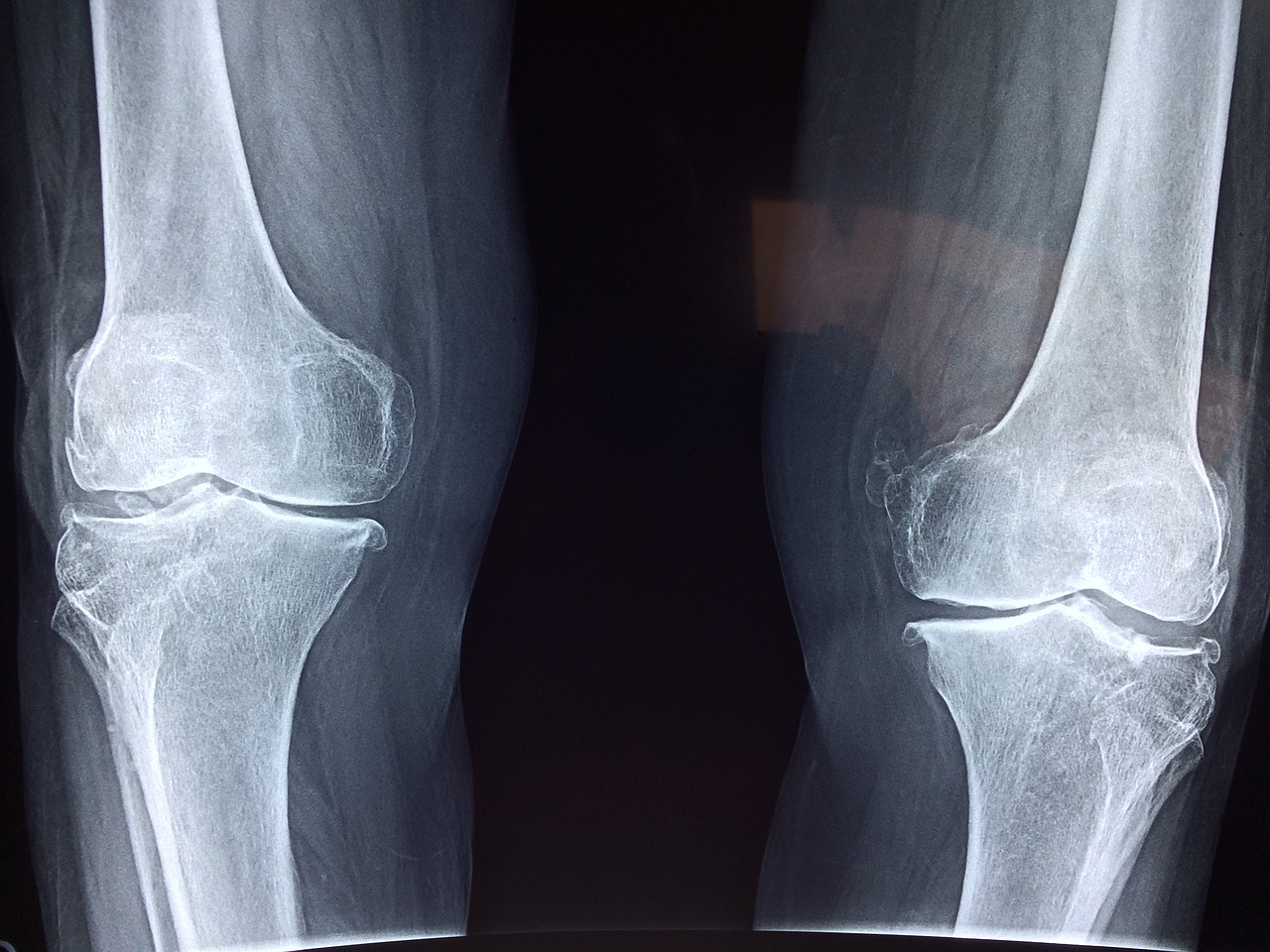Article Title:History of trichinellosis surveillance
Abstract:
The origin of trichinellosis, which existed in ancient times as testified by the discovery of parasite larvae on an Egyptian mummy, unfolded in several stages: discovery of encapsulated larvae (in the 1820s), identification and scientific description of these larvae (Paget & Owen, 1835), followed by experimental infestations of animals (dogs, pigs, rabbits, mice) or of humans as from 1850. The main occurrences of trichinellosis were followed with particular attention in Europe (Germany, Denmark, France, etc.) and in the United States of America at the end of the XIXth century. They affected numerous domestic animal species (pigs, horses, etc.) or wildlife and humans. Germany paid the heaviest toll with regard to the disease in humans, between 1860 and 1880, with several thousands of patients and more than 500 deaths. Different trichinellosis surveillance systems were set up in the relevant countries in the 1860s. In humans, this surveillance was carried out on affected living patients by a biopsy of the biceps muscles and subsequently by on analysis of eosinophilia (1895). In animals, surveillance was for a long time solely based on postmortem examination of the muscles of the affected animals. This method was used for the first time in 1863 in Germany, and from the 1890s, on several hundreds of thousands of pigs in Europe or in the United States of America.
Keywords: trichinellosis; history; epidemiology; surveillance
DOI: 10.1051/parasite/200108s2016
Source:PARASITE
Welcome to correct the error, please contact email: humanisticspider@gmail.com




